Report this entry
More from the same community-collection
Fernando Villela and Rosa Villela - 50th Anniversary - 2017
July 30, 2017 - Fernando Villela and Rosa Villela celebrate 50th ...
Fernando Villela and Rosa Villela - 50th Anniversary - 2017
July 30, 2017 - Fernando Villela and Rosa Villela celebrate 50th ...
Everett Thomas - El Paso, Texas
Everett Thomas - when he was in the navy. Digital Wall Curator ...
My Kids - Franklin Mountains - El Paso, Texas - 2017
Spending time with kids on the mountain pass after a long ...
Villela Family Photograph - El Paso, Texas - 2013
December 15, 2013 - Bottom row: Left to right - Rosa Villela and ...
Visit with Congressman Beto O'Rourke - El Paso, Texas
North East Democrats visit with Congressman Beto O'Rourke ...
Congresswoman Barbara Lee's Book Signing Event
Congresswoman Barbara Lee's Book Signing Event in El Paso, Texas ...
Chalk The Block Sanchez Family - El Paso, Texas
At the chalk the block 2017 - El Paso, Texas. Every October, the ...
Chalk The Block - El Paso, Texas - 2017
Every October, the streets of Downtown El Paso become canvasses ...
Chalk The Block - El Paso, Texas - 2017
Every October, the streets of Downtown El Paso become canvasses ...
Chalk The Block - El Paso, Texas - 2017
Every October, the streets of Downtown El Paso become canvases ...
Chris Appelzoller - Bel Air High School - El Paso, Texas
Chris Appelzoller before the game between Bel Air and Riverside ...
Chris Appelzoller - Bel Air High School - El Paso, Texas
Chris Appelzoller - Bel Air against Riverside High School - El ...
Bel Air High School vs Riverside High School - El Paso, Texas
Bel Air High School vs Riverside High School - El Paso, Texas - ...
Cpl. Alfredo Lozano - Company E - 1940
Photograph was taken at Camp Bowie a United States National ...
Cpl. Alfredo Lozano - Company E - 1940
Photograph was taken at Camp Bowie a United States National ...
Susan Shelby Magoffin - El Paso, Texas
Photograph - Sculptors are John and Ethan Houser. On Saturday, ...
Susan Shelby Magoffin - El Paso, Texas
Information on "Down The Santa Fe Trail Into Mexico," " Twelve ...

















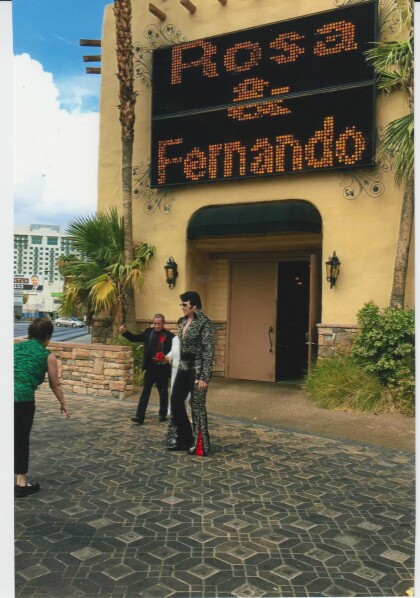
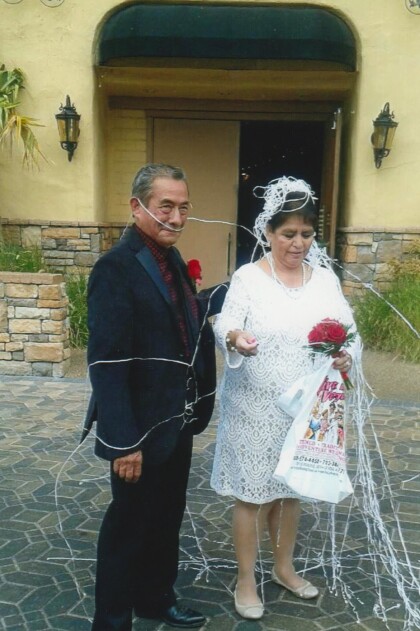


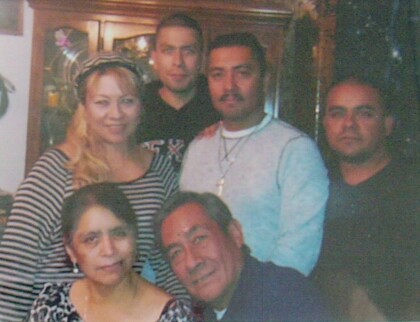
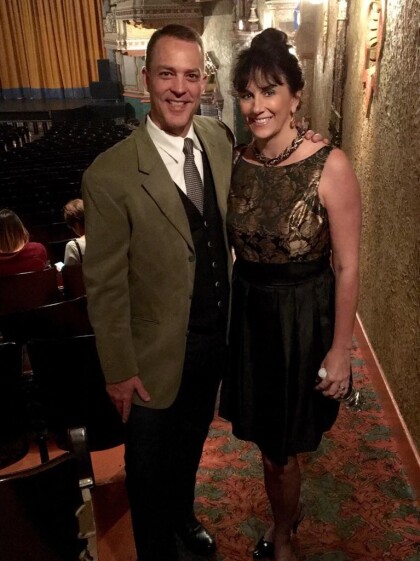



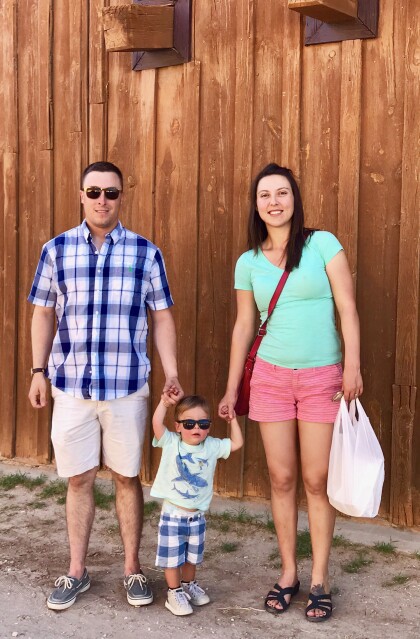

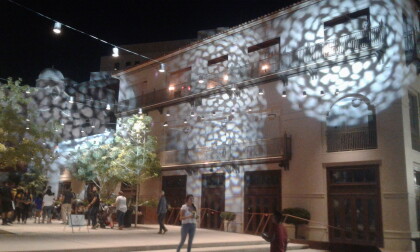
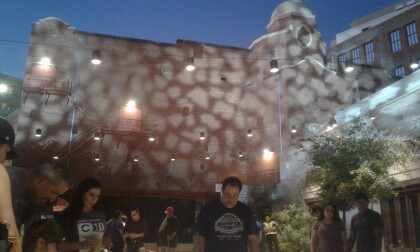


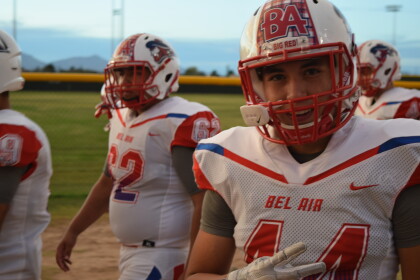

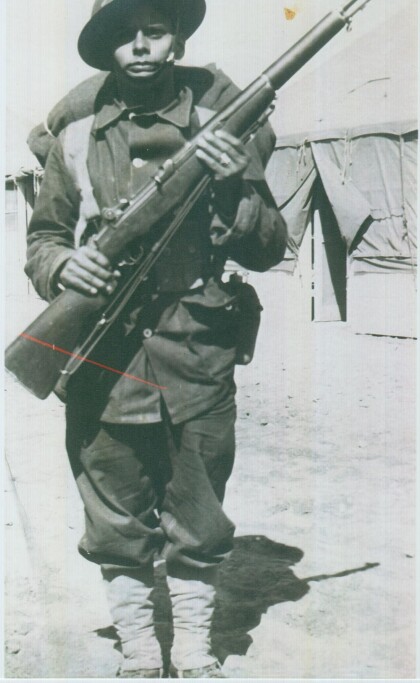
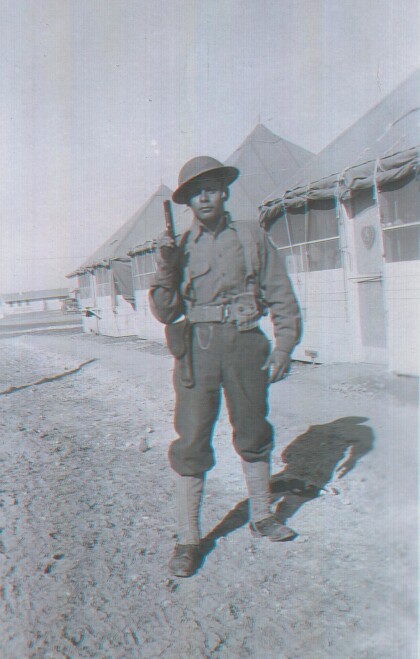
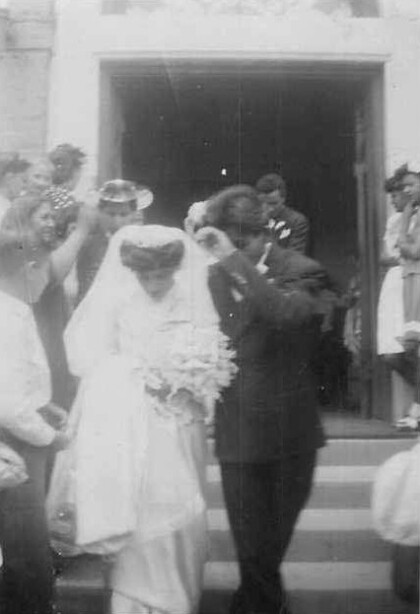
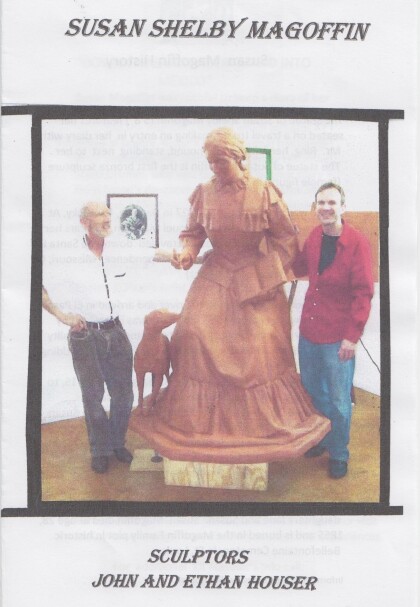
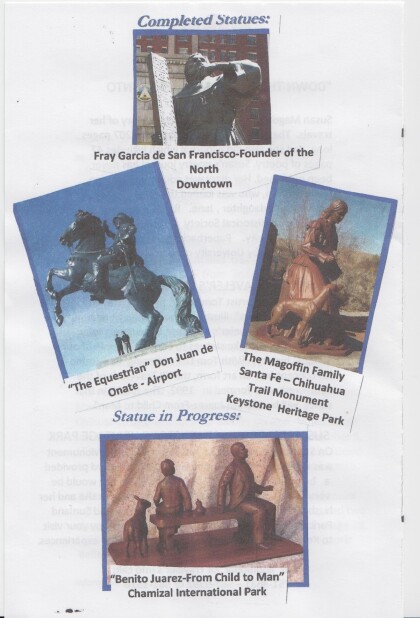
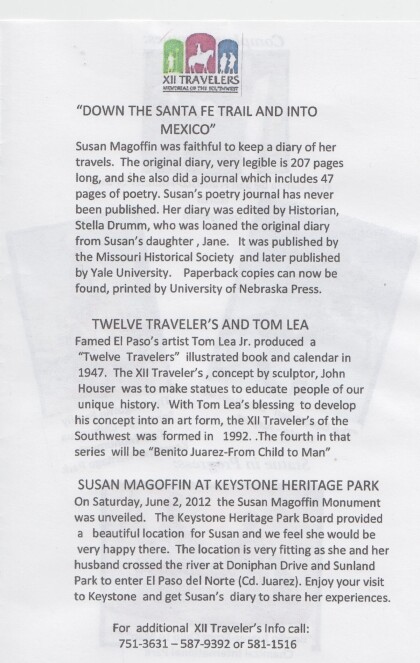
Comments
Add a comment